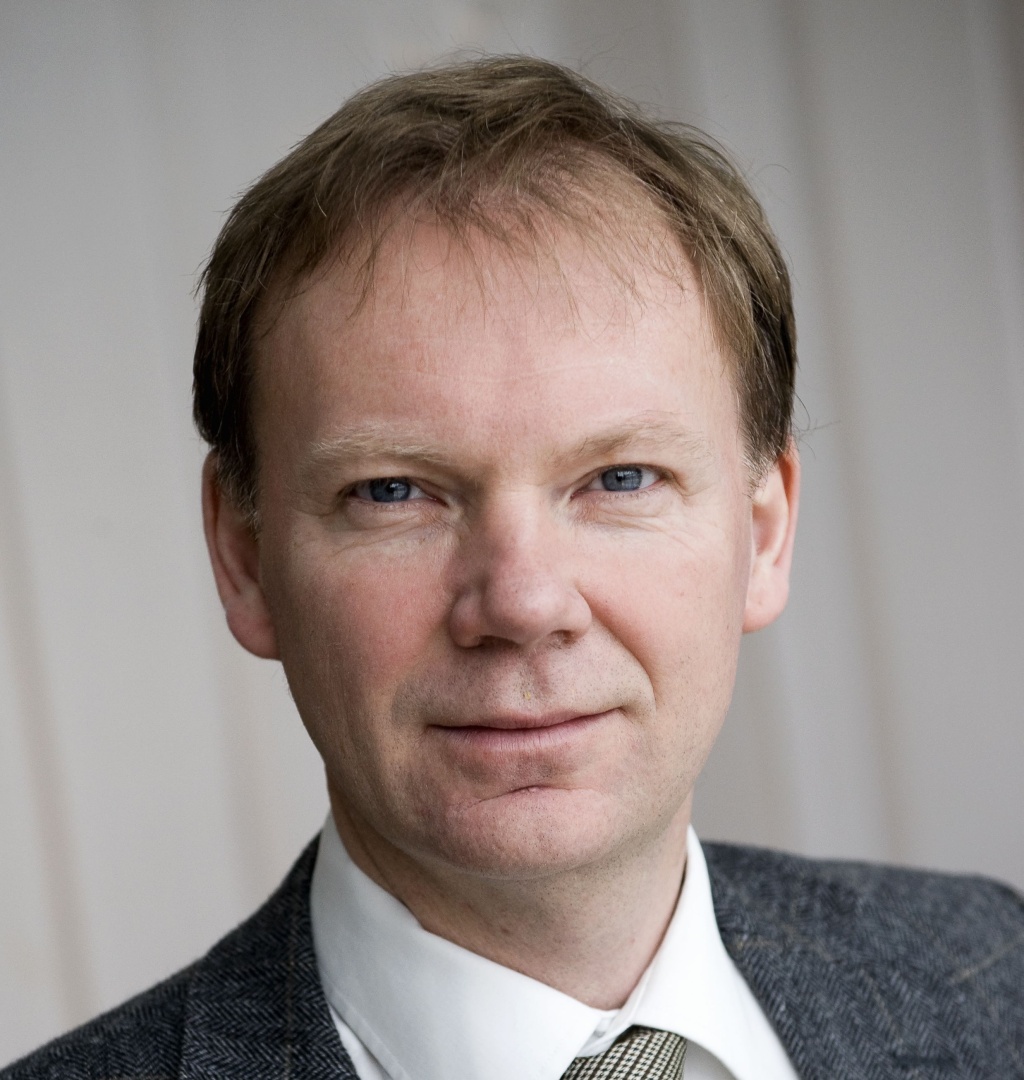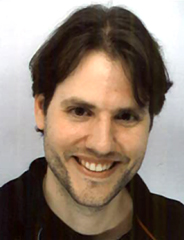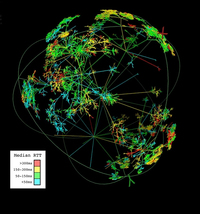Keynotes
KEYNOTE: OpenSpace – Visualizing the Universe 
Anders Ynnerman
Professor of Scientific Visualization
Department of Science and Technology, University of Linköping, Norrköping, Sweden
Tuesday, June 7th, 14:30-15:40, Small Room
A recording of the keynote is available on Vimeo.
Abstract
This talk will focus on the use of immersive dome theaters for science communication. It will discuss the unique opportunities domes offer and the challenges involved in producing content. The starting point will be a presentation of the motivation for, and inner workings of, the interactive planetarium software Uniview, which originated from a collaboration between the American Museum of Natural History in New York and Linköping University in Sweden. Uniview presents a consistent view of the universe at multiple scales and renders images of curated measured astronomical data from multiple sources. It is possible to travel from the surface of the Earth, visit the International Space Station, fly by planets and moons (even land on Mars) and continue out into the Milky Way and other galaxies, all the way to the origin of the universe. A live demonstration will show how interactive stories can be told that engage audiences ranging from domain experts to children. The remote steering capability of Uniview will be demonstrated as the software will be piloted from Norrköping, Sweden. The second part of the talk will present and demonstrate the new NASA-funded open source initiative, OpenSpace, which builds on the experiences from Uniview and opens up the possibilities to load and visualize data from simulations such as current space weather as well as data from instruments on space crafts. As an example OpenSpace will be used to show the New Horizons Pluto flyby on July 14th, 2015. The project builds on a collaboration between Linköping University, The American Museum of Natural History, NASA Goddard Space Flight Center, New York University, and University of Utah.
Biography
Professor Anders Ynnerman received a Ph.D. in physics from Gothenburg University, Sweden. During the early 90s, he was at Oxford University, UK, and Vanderbilt University, USA. From 1997 to 2002, he directed the Swedish National Supercomputer Centre, and from 2002 to 2006, he directed the Swedish National Infrastructure for Computing (SNIC). Since 1999, he holds the chair in scientific visualization at Linköping University and is the director of the Norrköping Visualization Center C. Ynnerman is a member of the Swedish Royal Academy of Engineering Sciences and a board member of the Swedish Foundation for Strategic Research. In 2007, Ynnerman was awarded the Akzo Nobel Science award and the Golden Mouse award for Swedish IT-person of the year. In 2009, he received the Athena Award for best medical clinical research in Sweden and in 2010, he received the Swedish Knowledge Award for dissemination of scientific knowledge to the public. In 2011, he received the IVA gold medal from the King of Sweden. He is currently chair of the Eurographics Association and an associate editor of IEEE TVCG. Msc. Alexander Bock received his Master's degree in Computer Science and Applied Physics from the University Münster, Germany, in 2010. Since 2011, he is a PhD graduate student in the field of Visualization and Interaction at Linköping University, Sweden. In 2015, he was a visiting Research Scholar with the Community Coordinated Modeling Center at NASA's Goddard Space Flight Center, USA. In 2014 and 2015, Bock was awared the Best Scientific Visualization poster for his work in the field of Astrovisualization.
CAPSTONE: From Perception to Image Synthesis 
Elmar Eisemann
Professor of Computer Graphics and Visualization
Department of Intelligent Systems, TU Delft, The Netherlands
Friday, June 10th, 11:00-12:10, Small Room
A recording of the keynote is available on Vimeo.
Abstract
Today’s display devices are of astonishing quality; very high resolution and framerates, deep color palettes, and 3D (or even multi-view) support. They start to approach our perceptual limits, which is a crucial component for the immersion in a virtual environment. Nonetheless, the pure capacity to represent high-quality imagery is useless without actual image content. While displaying a virtual environment is a difficult task on its own, the tremendous development of display hardware has put even more pressure on these algorithms. In this talk, we will investigate solutions to this problem. We will show that theoretical insights, algorithmic decisions, adequate data representations, and perception are all of high importance for an efficient rendering method. In particular, we demonstrate that a better understanding of human perception does not only allow us to increase performance on modern display devices but also image quality. Consequently, perception might be the key to the future of image-synthesis solutions.
Biography
Elmar Eisemann is a full professor at TU Delft, heading the Computer Graphics and Visualization Group. Before he was an associated professor at Telecom ParisTech (until 2012) and a senior scientist heading a research group in the Cluster of Excellence (Saarland University / MPI Informatik) (until 2009). He studied at the École Normale Supérieure in Paris (2001-2005) and received his PhD from the University of Grenoble at INRIA Rhône-Alpes (2005-2008). He spent several research visits abroad; at the Massachusetts Institute of Technology (2003), University of Illinois Urbana-Champaign (2006), Adobe Systems Inc. (2007,2008). His interests include real-time and perceptual rendering, alternative representations, shadow algorithms, global illumination, and GPU acceleration techniques. He co-authored the book "Real-time shadows" and participated in various committees and editorial boards. He was local organizer of EGSR 2010, 2012 and HPG 2012 and is co paper chair of HPG 2015. His work received several distinction awards and he was honored with the Eurographics Young Researcher Award 2011.

